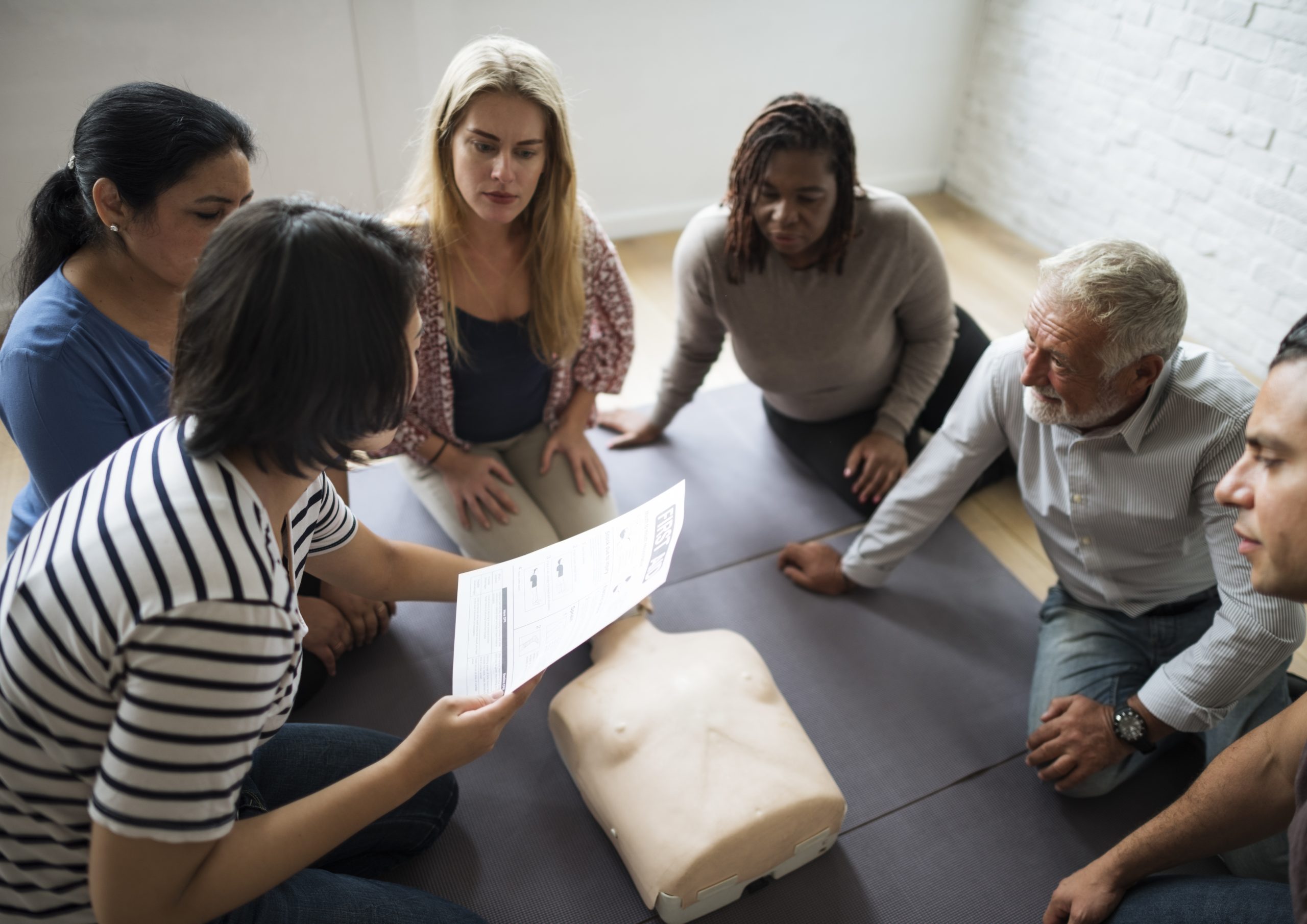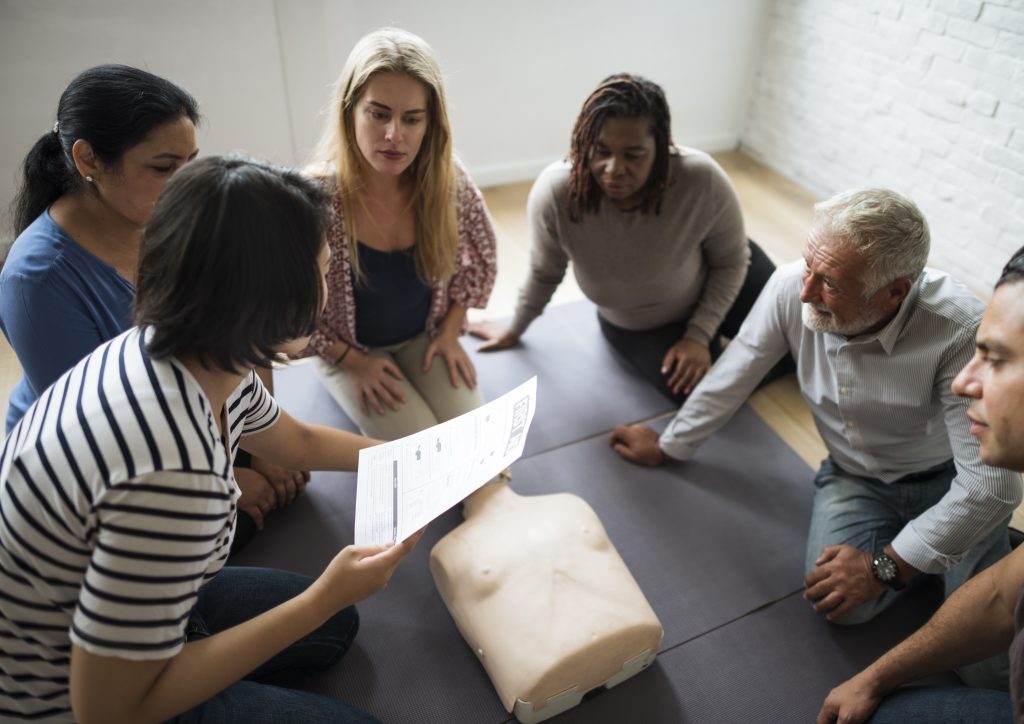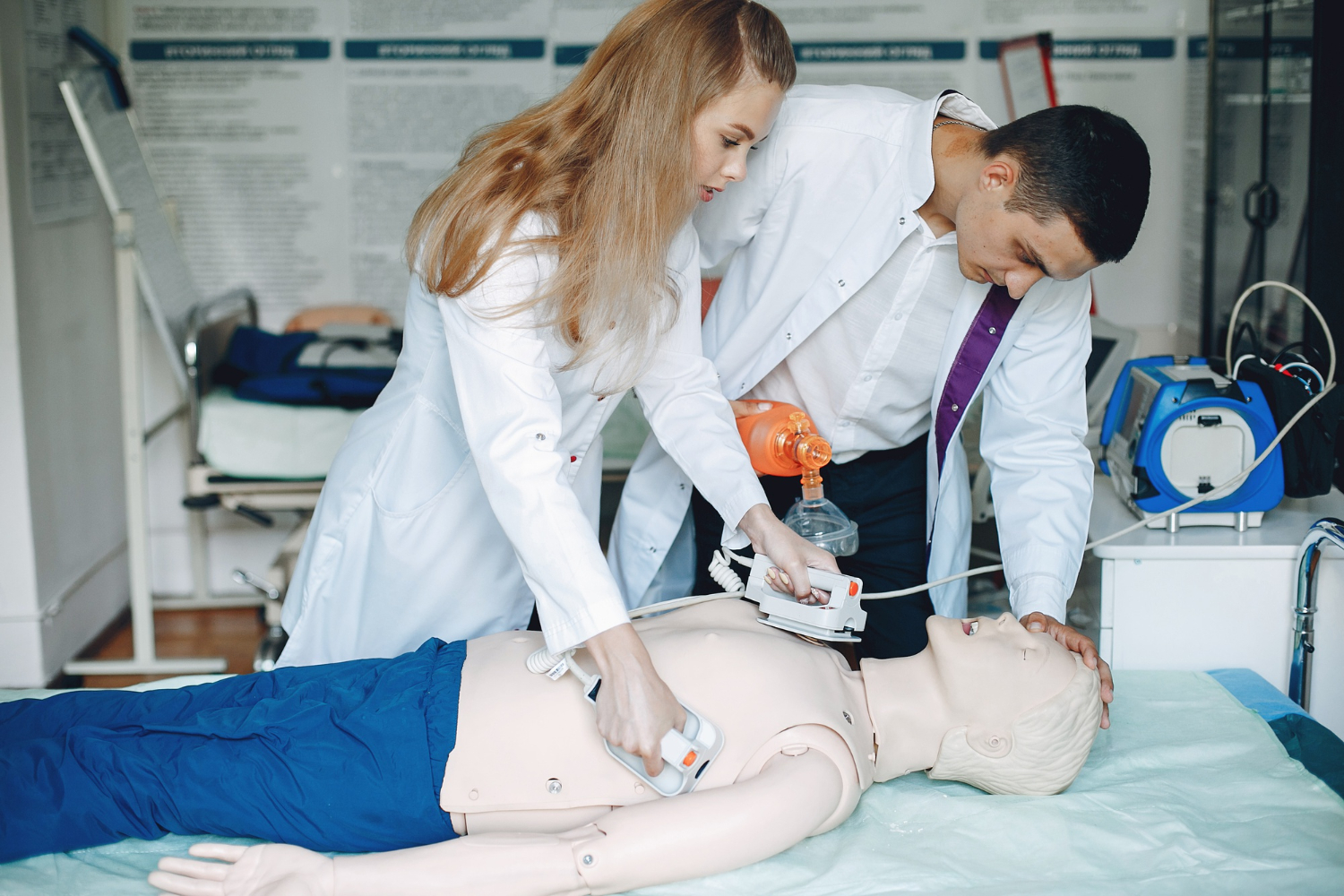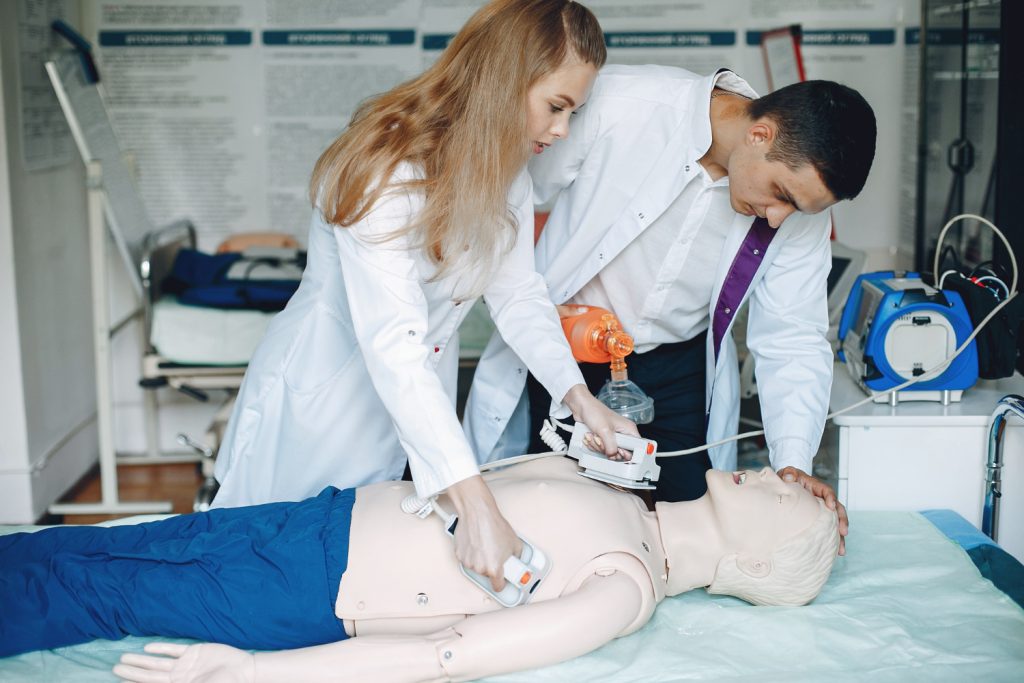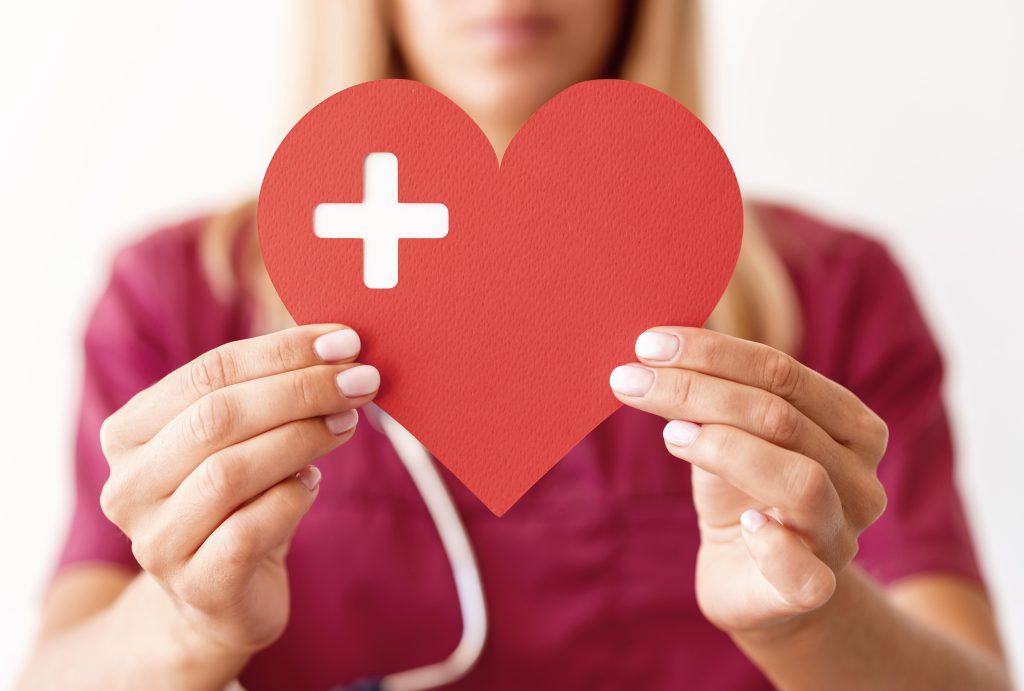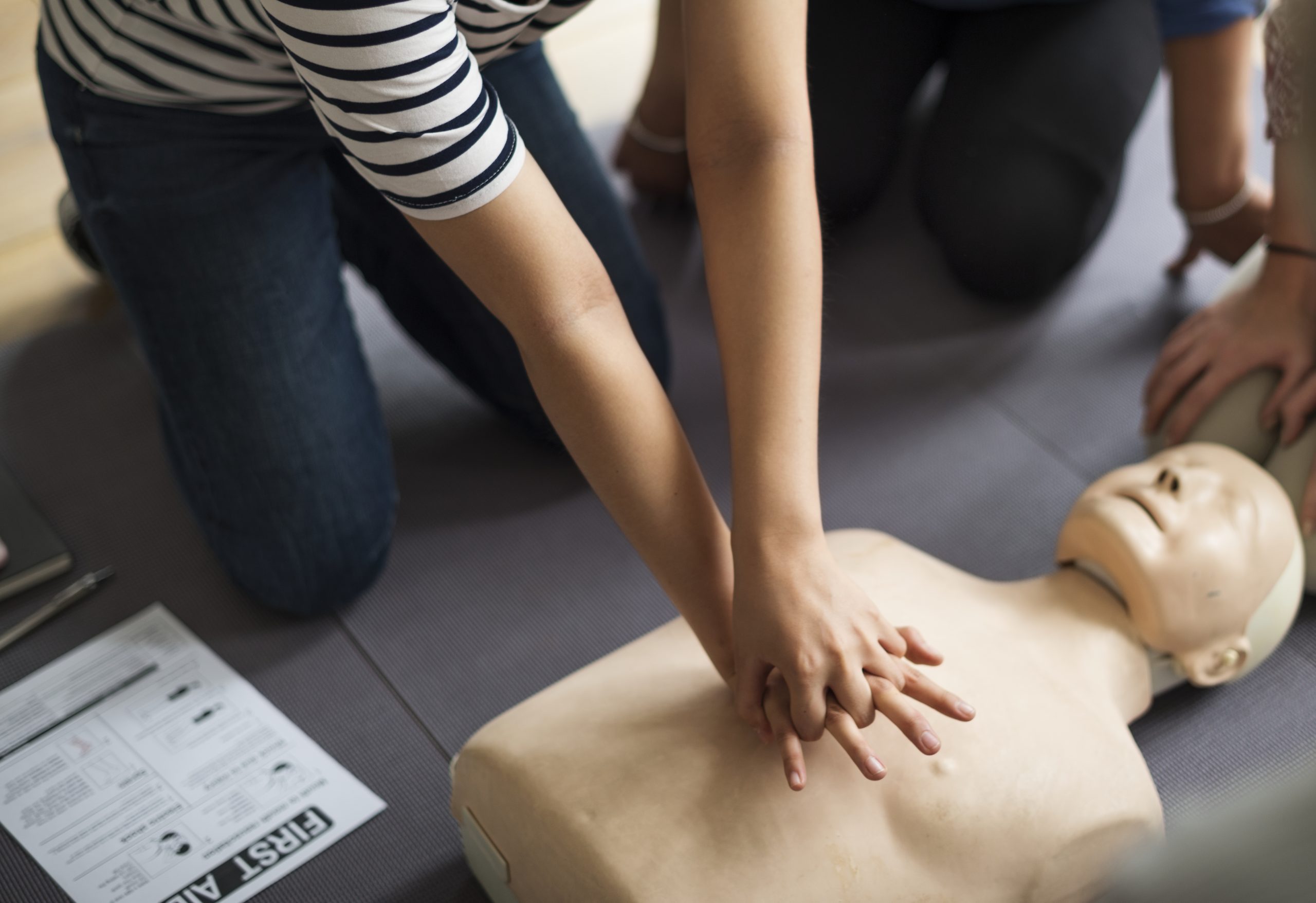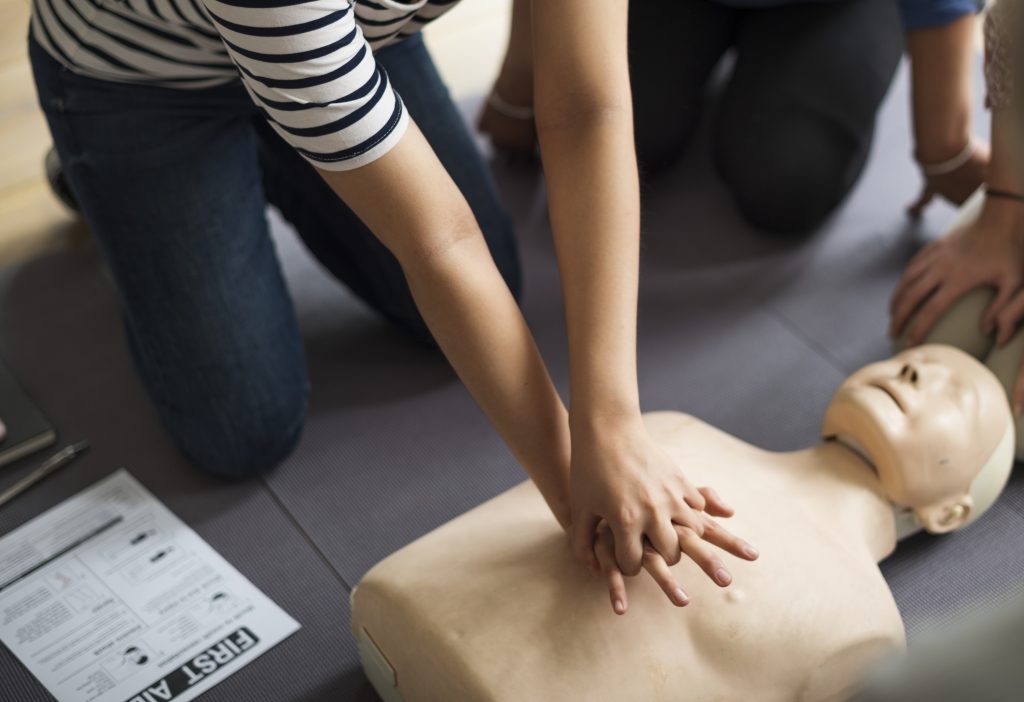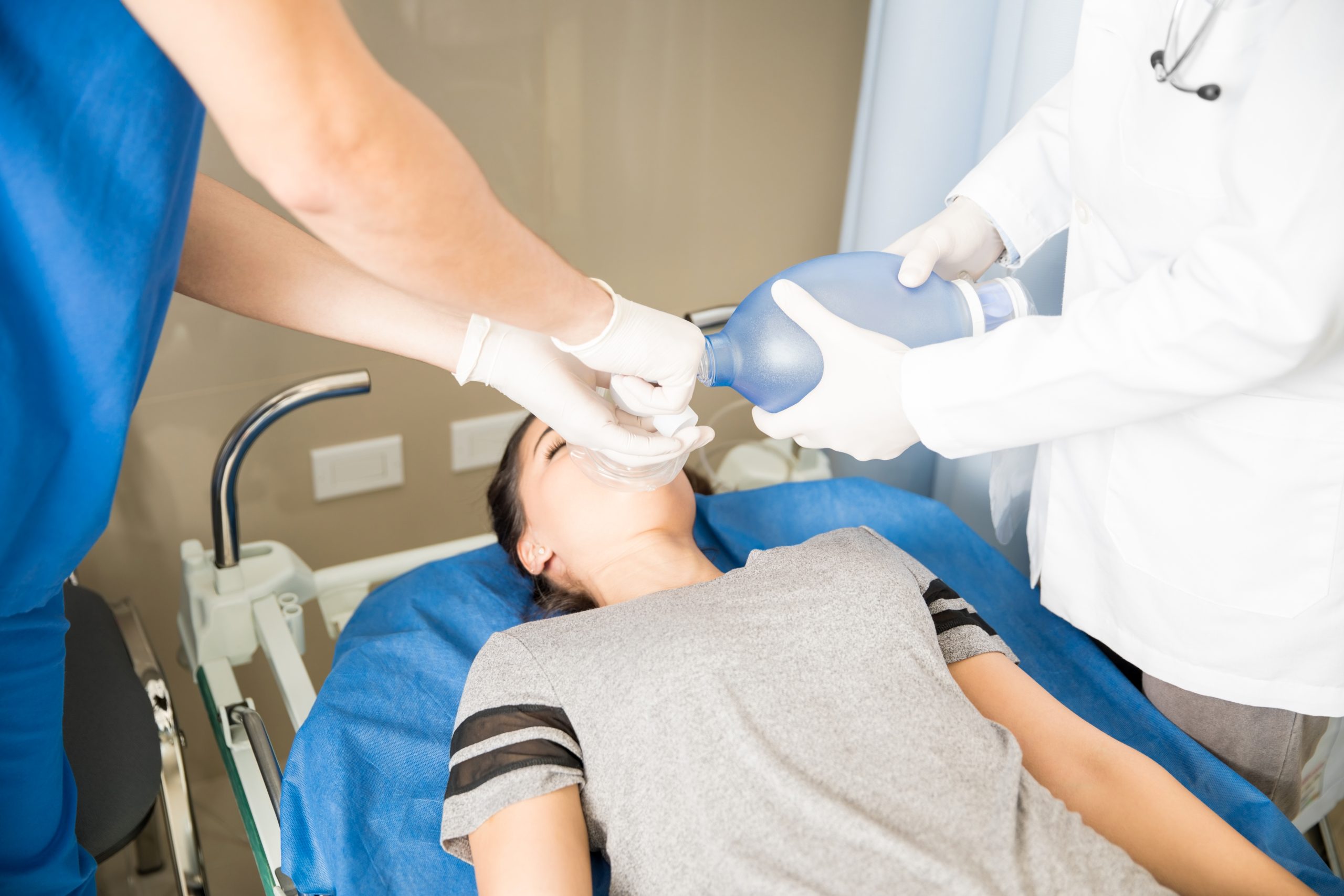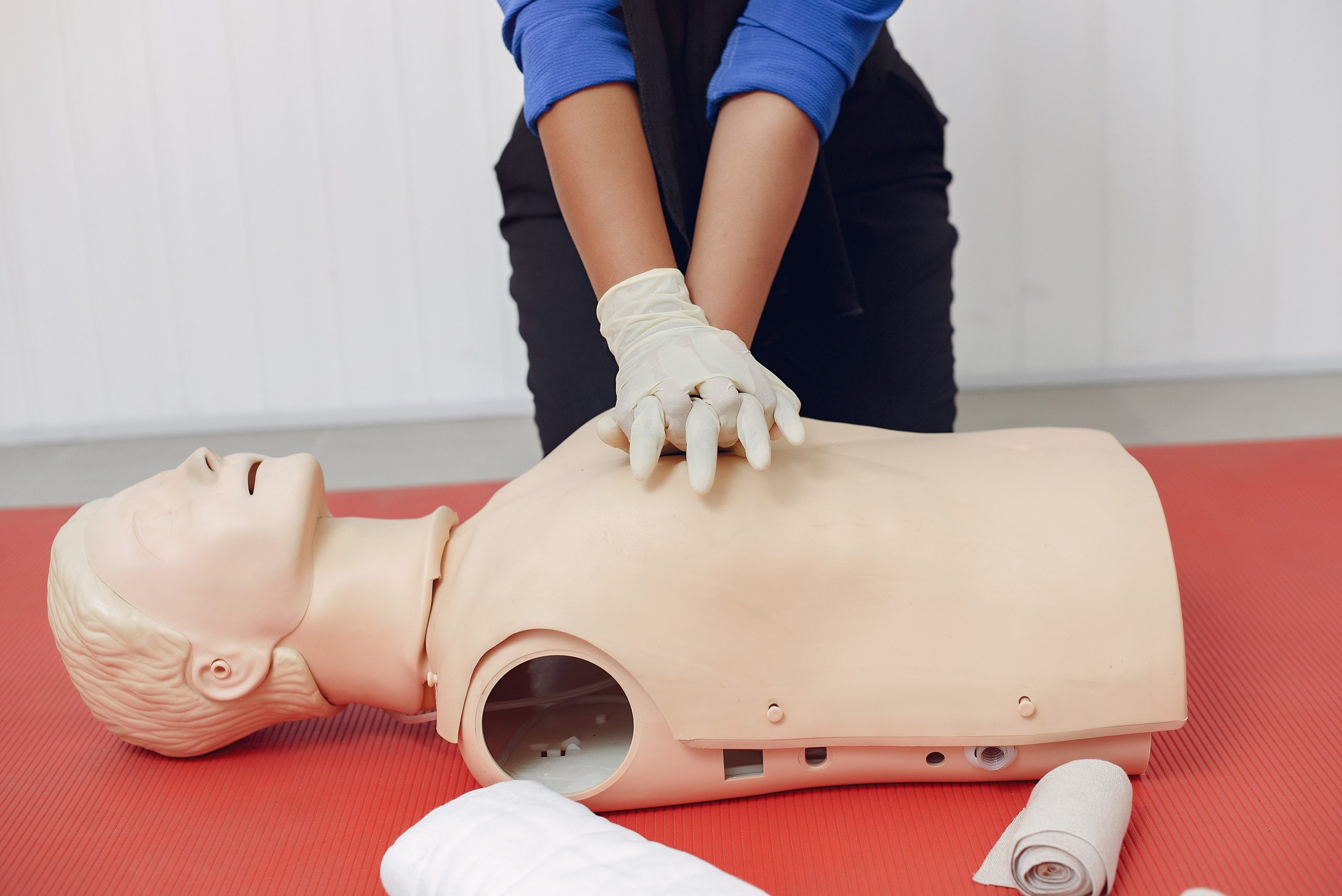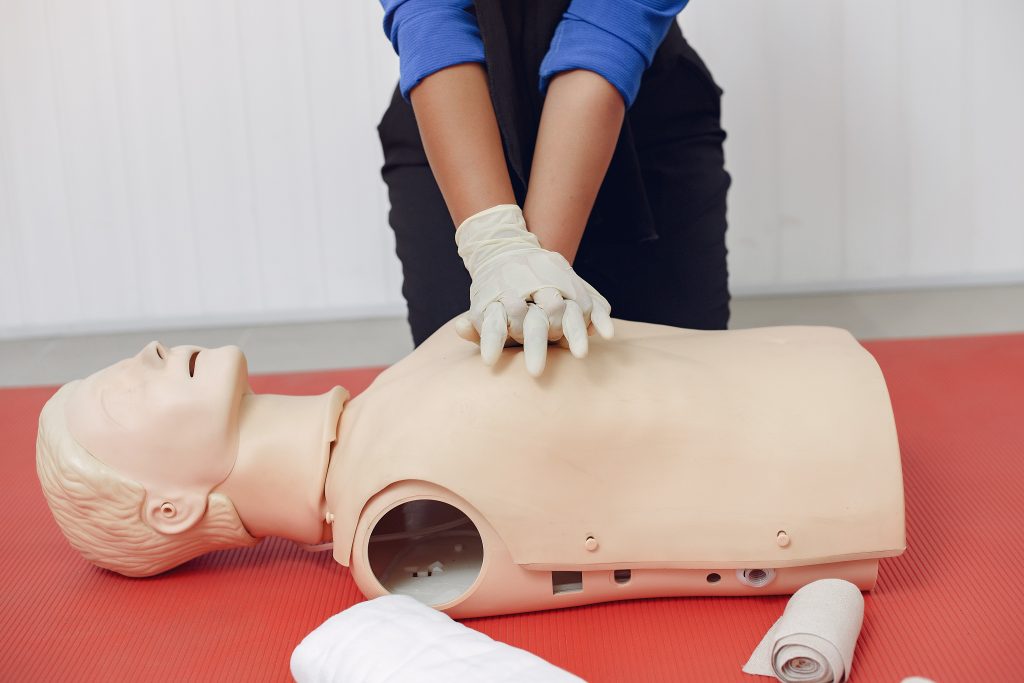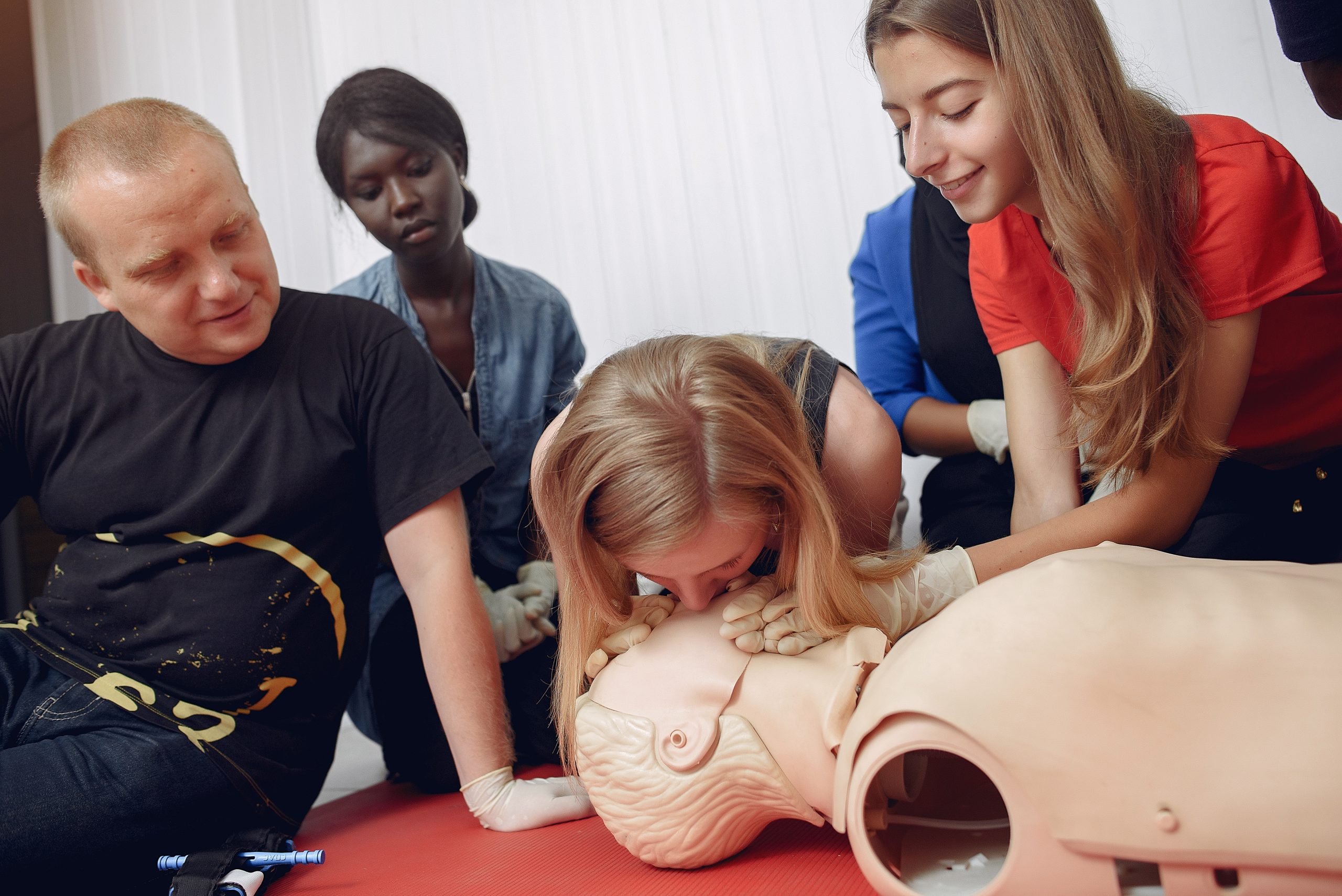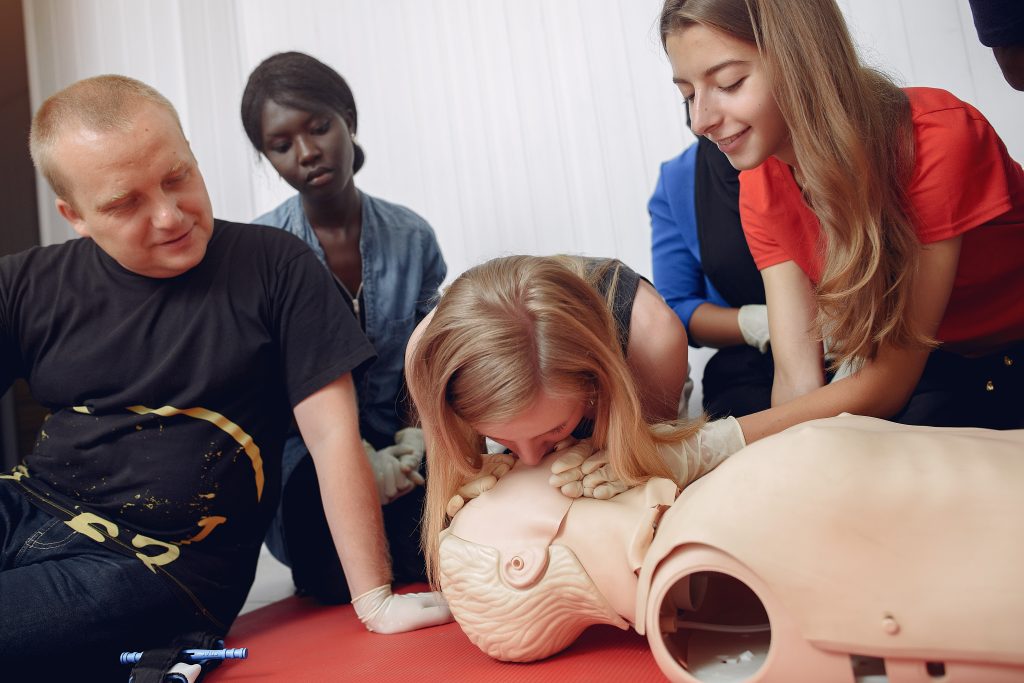Mastering Adult Basic Life Support (BLS) Algorithm: Your Ultimate Guide

Mastering Adult Basic Life Support (BLS) Algorithm: Your Ultimate Guide

Welcome to the definitive guide on Adult Basic Life Support (BLS) Algorithm – your go-to resource for mastering the essentials of life-saving techniques. In this comprehensive guide, we’ll break down the BLS algorithm step by step, providing valuable insights and practical tips for anyone looking to become proficient in emergency response situations. Whether you’re a medical expert, a first responder, or just someone who wants to be ready for emergencies, understanding BLS is crucial.
Understanding BLS Fundamentals
Before diving into the algorithm, it’s essential to grasp the essence of BLS. Essentially, BLS comprises a set of medical procedures performed immediately after a person’s breathing or heartbeat stops. The primary goal is to maintain circulation and oxygenation until advanced medical care can be provided. By understanding the fundamentals of BLS, individuals can appreciate the importance of quick and effective action in emergency situations.
The BLS Algorithm Explained
The BLS algorithm serves as a structured framework for responding to cardiac arrest and other life-threatening emergencies. Let’s dive deeper into each step to gain a comprehensive understanding:
- Check for Responsiveness: When encountering a potentially life-threatening situation, the initial assessment of responsiveness is paramount. However, it’s essential to remember that this step involves not just physical stimuli but also verbal cues. Sometimes, individuals may be unresponsive due to underlying medical conditions or drug overdose. By being attentive to subtle signs and employing various stimuli, responders can accurately gauge the level of consciousness.
- Call for Help: Effective communication is key in emergencies. When making the call for help, it’s crucial to provide clear and concise information to emergency services. This includes details such as the location of the incident, the nature of the emergency, and any pertinent information about the victim’s condition. Additionally, ensuring that someone is designated to meet and guide the EMS team to the scene can expedite their arrival and streamline the response process.
- Open the Airway: Proper airway management is fundamental in BLS. However, it’s not just about positioning the head and lifting the chin; it also involves assessing for any obstructions and clearing them promptly. Understanding the anatomical factors that may contribute to airway obstruction, such as the tongue falling back or foreign objects, empowers responders to intervene effectively.
- Check for Breathing: Assessing breathing involves more than just observing chest rise. It requires keen observation of chest movement, listening for breath sounds, and feeling for airflow. In some cases, individuals may exhibit agonal breathing, which can be mistaken for normal breathing. Recognizing this distinction is crucial in determining the appropriate course of action.
- Start Chest Compressions: Chest compressions are the cornerstone of BLS, providing essential circulation to vital organs during cardiac arrest. Achieving the optimal depth and rate of compressions is essential for maximizing blood flow. Moreover, understanding the physiological rationale behind chest compressions, such as generating intrathoracic pressure to facilitate blood flow, underscores their importance in sustaining life.
- Give Rescue Breaths: Rescue breaths play a vital role in oxygenating the blood and supporting cellular function. However, responders must ensure proper technique and ventilation adequacy to optimize oxygen delivery. Additionally, recognizing the potential risks associated with rescue breaths, such as gastric insufflation, underscores the importance of balancing ventilation with chest compressions effectively.
- Use an Automated External Defibrillator (AED) : AEDs are invaluable tools in restoring cardiac rhythm during sudden cardiac arrest. However, their effectiveness hinges on timely deployment and proper utilization. Understanding the AED’s prompts and ensuring a clear and dry chest for electrode placement are critical factors in optimizing outcomes. Moreover, recognizing the limitations of AEDs, such as in cases of non-shockable rhythms, underscores the need for continued BLS interventions until advanced care arrives.
- Continue Until Help Arrives: Sustaining effective BLS interventions until advanced medical assistance arrives is crucial for maximizing survival outcomes. However, responders must also be vigilant for signs of fatigue and rotate compressors regularly to maintain quality CPR. Additionally, effective communication and coordination among team members ensure seamless transition and continuity of care.
By investigating deeper into each step of the BLS algorithm and understanding the underlying principles and nuances, responders can enhance their proficiency and confidence in managing life-threatening emergencies effectively.
The Importance of BLS Training
BLS training is not merely a requirement for healthcare professionals; it’s a crucial skill set for individuals from all walks of life.
Here’s why investing in BLS training is invaluable:
Empowerment Through Knowledge: BLS training empowers individuals with the knowledge and confidence to take decisive action in emergency situations. By understanding the fundamentals of BLS and practicing hands-on skills, participants gain a sense of preparedness that can make all the difference in critical moments.
Community Resilience: In emergencies, bystanders are often the first responders on the scene. By equipping community members with BLS training, we enhance the collective resilience of our communities. Whether it’s a cardiac arrest at a public event or a choking incident at a restaurant, individuals trained in BLS can step in with confidence, potentially saving lives before professional help arrives.
Rapid Response Saves Lives: Time is of the essence in cardiac arrest cases. Studies have shown that prompt initiation of BLS interventions significantly improves survival rates. By undergoing BLS training, individuals learn to recognize the signs of cardiac arrest, initiate CPR promptly, and use automated external defibrillators effectively – actions that can mean the difference between life and death.
Confidence in Crisis: BLS training not only imparts practical skills but also builds confidence in handling emergencies. Through scenario-based training and simulations, participants learn to remain calm under pressure, communicate effectively with bystanders and emergency services, and adapt to dynamic situations – essential qualities for effective crisis management.
Lifelong Learning and Preparedness: BLS training is not a one-time event; it’s an ongoing journey of learning and preparedness. By staying updated on the latest guidelines and techniques, individuals can maintain their proficiency in BLS and respond effectively to evolving emergency scenarios. Regular refresher courses and skill drills ensure that BLS skills remain sharp and ready for action when needed.
Fulfilling Civic Duty: In many communities, BLS-trained individuals serve as volunteer responders or participate in community outreach programs. By giving back to their communities through BLS training and service, individuals play an active role in promoting public health and safety, fostering a culture of care and compassion.
Partnering with reputable training centers like us CPR Classes Near Me San Antonio we provide individuals with access to high-quality BLS training led by experienced instructors. These courses offer a blend of theoretical knowledge, hands-on skill practice, and real-world scenarios, ensuring that participants are well-prepared to handle emergencies with confidence and competence.
In conclusion, investing in BLS training is not just about acquiring a certification – it’s about acquiring life-saving skills, fostering community resilience, and fulfilling a civic duty to care for others. By becoming BLS-trained, individuals become empowered agents of change, capable of making a positive impact in the lives of those around them.
BLS Training with CPR Classes Near Me San Antonio
Looking for a reliable training center to sharpen your BLS skills? Consider partnering with us at CPR Classes Near Me San Antonio. Our experienced instructors provide comprehensive BLS training that caters to individuals of all skill levels. Whether you’re a healthcare provider, teacher, or concerned citizen, our courses are designed to empower you with the confidence and competence to handle emergencies with ease.
Conclusion
Mastering the Adult Basic Life Support (BLS) algorithm is not just about learning a set of procedures; it’s about embracing a mindset of preparedness, empowerment, and community service. Throughout this guide, we’ve explored the intricacies of the BLS algorithm, delving into each step to gain a deeper understanding of its importance and implications in emergency response.
By understanding the fundamentals of BLS, individuals become equipped with the knowledge and skills necessary to respond effectively to life-threatening situations. From assessing responsiveness to performing chest compressions and using automated external defibrillators, each component of the BLS algorithm plays a crucial role in maximizing survival outcomes.
However, the value of BLS training extends far beyond the acquisition of technical skills. It instills a sense of confidence and readiness to act decisively in crisis situations. It fosters a culture of community resilience, where individuals are empowered to serve as first responders and make a difference in the lives of others.
Partnering with reputable training centers like us at CPR Classes Near Me San Antonio we ensures that individuals receive comprehensive and hands-on instruction from experienced professionals. These courses not only provide the necessary certification but also cultivate a mindset of lifelong learning and preparedness.
In conclusion, mastering the BLS algorithm is a journey – one that requires dedication, practice, and ongoing education. By embracing this journey, individuals become more than just bystanders; they become proactive agents of change, capable of making a meaningful impact in their communities. Together, let’s continue to prioritize BLS training, empower individuals, and save lives.
AHA BLS CPR & AED Classes
About Author:
admin
Recent Posts
- How to Create a Workplace First Aid Plan That Saves Lives
- Why Pair CPR Certification with First Aid Training: The Complete Safety Combo
- Tips to Pass Your CPR Certification Test the First Time
- Hospitality Staff: Why CPR Training Is a Must-Have
- The Importance of CPR and AED Training for Flight Attendants

